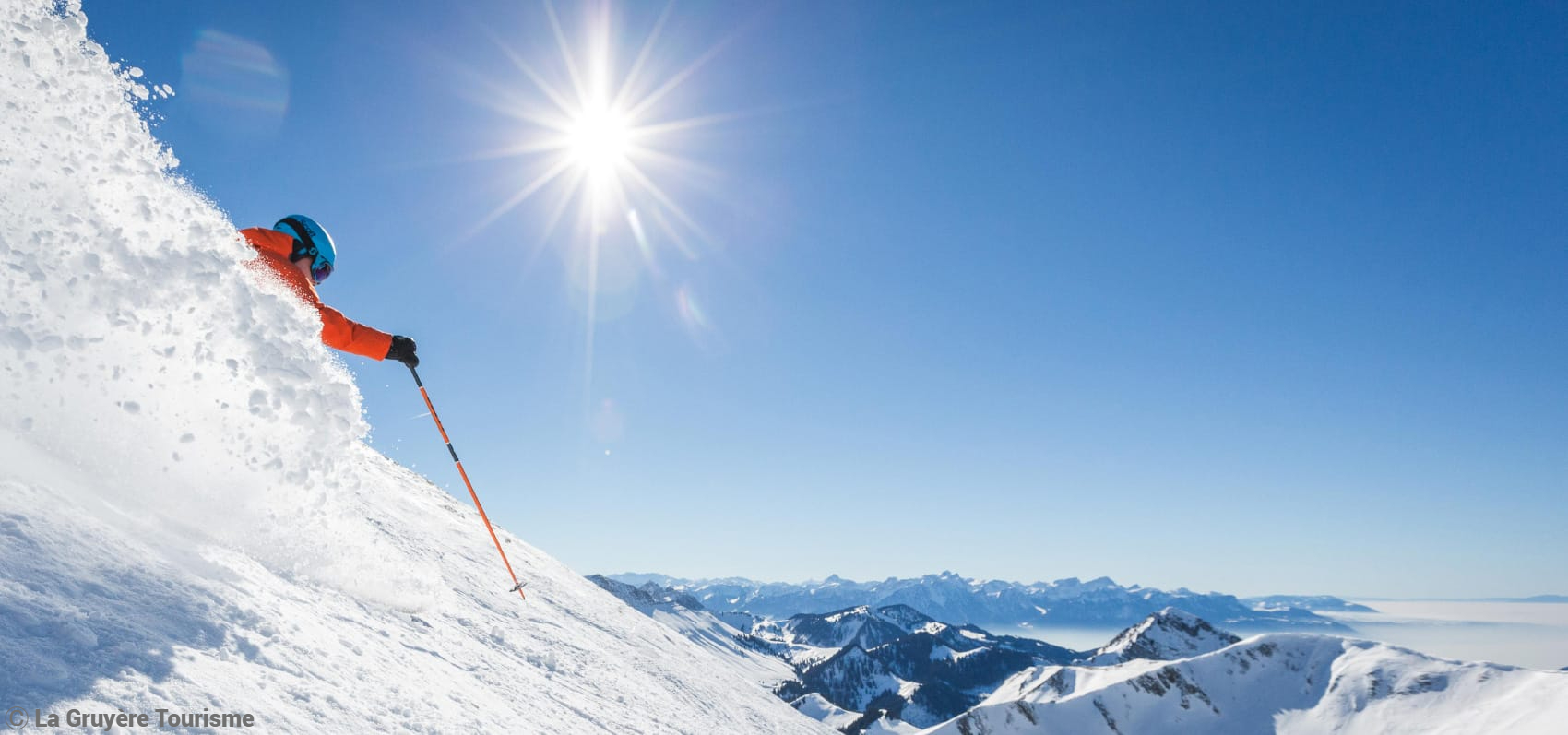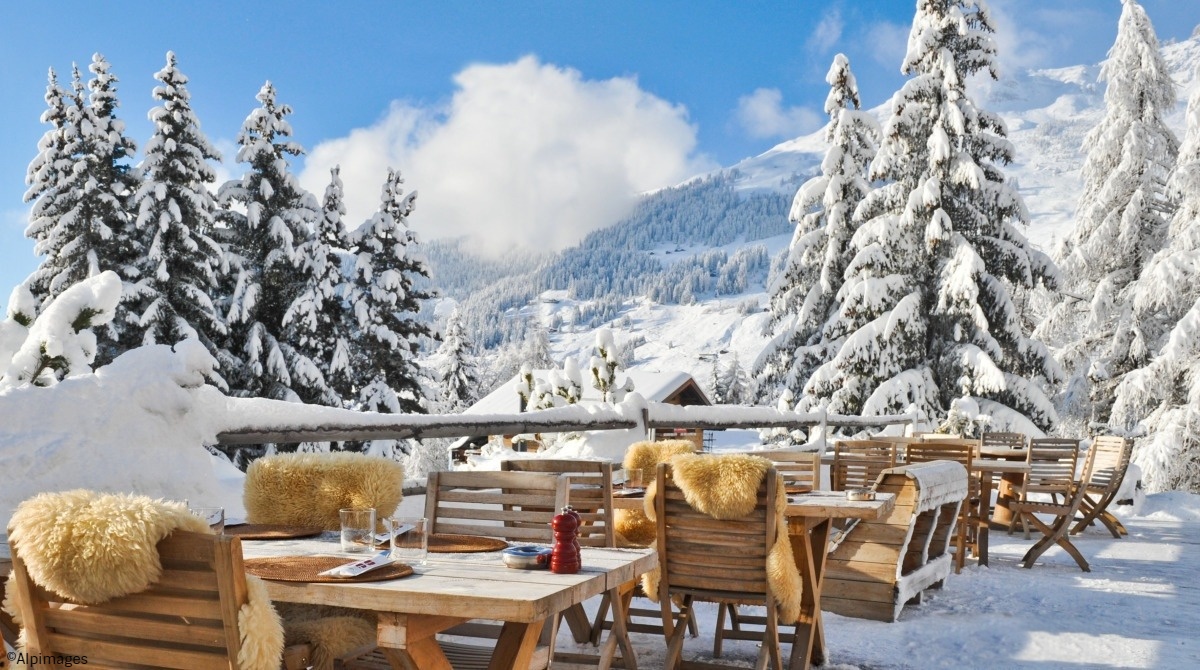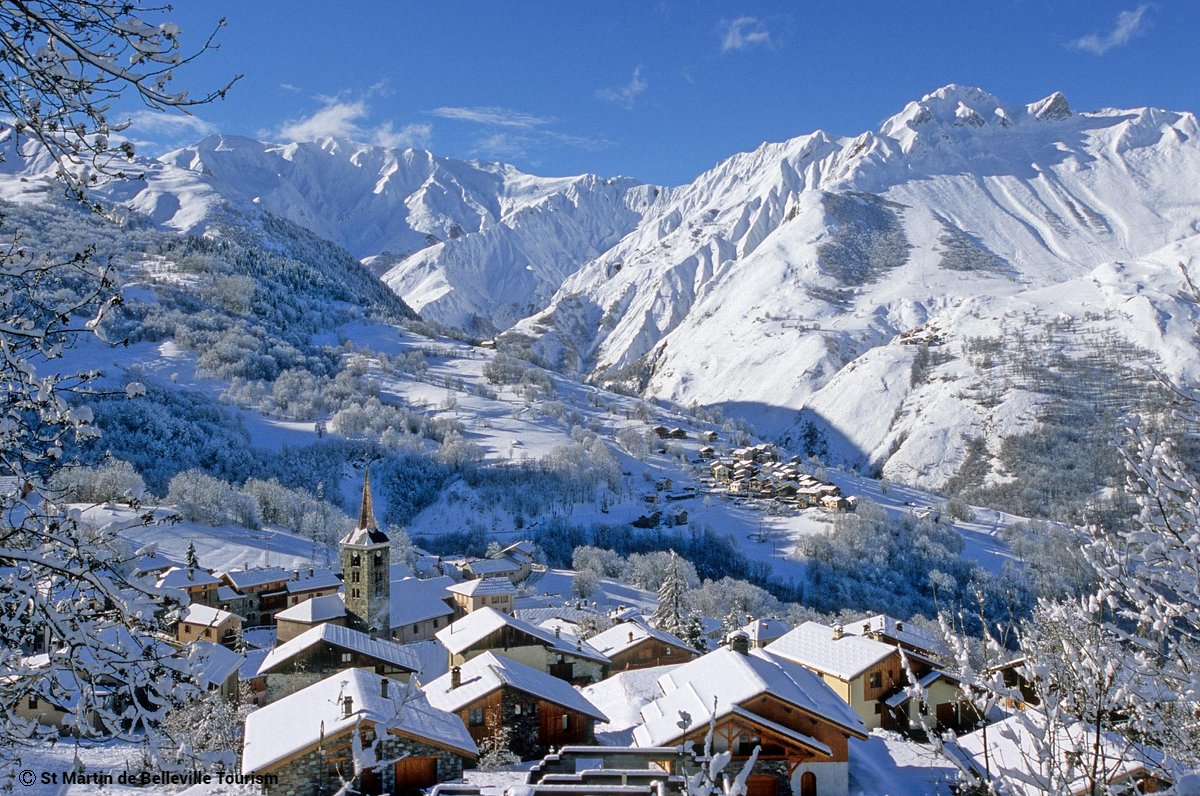Is Austria killing the golden goose?
There has been a successful buy-to-let model in Austrian ski resorts for some years. Many new touristic developments have been built in Austrian ski resorts, owners from Austria and EU countries have benefited from personal use and the rental management of these developments. Increasingly the model has come under scrutiny, in particular at the local level. The Gemeinde in Austria have an important voice. The outcome, since early 2023, has been a tightening of the rules and much stricter enforcement of how much owners are allowed to use their property – and in some cases that is not at all. Talk of “no kitchens” for example, is not helpful; while in other developments, as long as the owner makes a (net) profit on the rental income, own use is possible.
To us, this implies that the development activity of new tourism residences in Austrian ski resorts is going to decline – there will be less for sale going forward.
While hotels continue to rule the roost in most Austrian ski resorts, what are the alternatives if you are determined to acquire a ski property there? A property that has Zweitwohnsitz (second home) status will always be an option; however these are highly sought after and are often only allowed to be built in less prime locations. Touristic-use properties remain an option, but on a case by case basis and depending on the region. Buyers need to have their eyes wide open, aware that they can only be bought with the existing rental contract, which does not expire.
APi can help potential buyers navigate this tricky landscape, saving much time and frustration.

Supply and Demand in the French Alps
Rising prices and robust buyer demand are the ultimate green light for property developers. In many French ski resorts, Alpe d’Huez and Méribel for example, we are witnessing a surge of new-builds which were conceived in recent years. This has added to the choice for buyers. Most buyers (over 80%) in French resorts rent out their ski property and new-builds are better suited to the rental market. For most owners, the ownership rules – for example Loi Montagne – are sufficiently flexible to allow the personal use they have in mind. Energy efficiency is an important criteria for many buyers, which favours new-build properties. With a new build, even though the price/m2 may seem higher than some equivalent resale properties, you get cheaper notary fees saving about 5% and the VAT back on the purchase price if you rent it out (only new-builds attract VAT on the purchase price, resales do not).
A notable theme currently is emerging in Chamonix: the acute shortage of housing for locals is leading the town hall to impose a Sursis à Statuer (suspension of Proceedings) that new apartment developments must include 50% of the project for social housing, up from 25% previously. Also, the maximum floorspace for any new chalet is being capped at 200m2 (or the existing floorspace +200m2 in the case of renovations) - ceteris paribus the value of existing larger chalets may increase. While we suspect these proposals may be watered down a little, the immediate impact will be a reduction of future development activity. Since Chamonix attracts so many visitors throughout the year, it may be unique in this context, we will be looking further into the topic with respect to other ski resorts – stay tuned.
Now of course all this has come at a time when buyer interest has cooled off significantly. Furthermore, the 2-3% rental yields were an attractive income stream when interest rates were super low and that is no longer the case. We expect that a further surge of new-build activity, for the time being at least, is highly unlikely. Developers margins have been squeezed by the increases in material/construction costs. Once the current batch is completed and sold, we believe that supply growth in French ski resorts will slow.

Serviced Apartments – a typically Swiss solution
Property ownership restrictions – who can buy and where – as well as constraints on new supply are nothing new in Swiss ski resorts. Unlike Austria, Swiss hotel owners suffered from a lack of regulatory protection in the past, which led to overbuilding of holiday homes in the mountains. The subsequent backlash led to the introduction of Lex Weber in 2012, which limits the number of second homes to a maximum of 20% of a municipality’s stock.
Since then, the market has adapted; the supply glut of new property that developers were authorised (and rushed) to build prior to the enactment of Lex Weber has now mostly been absorbed. The remaining new properties with second home status are selling fast. Taking their cue from the Austrian and French models, developers are now submitting applications for touristic residences. These offer Swiss and foreigners the opportunity to buy newbuild properties, but with an obligation to rent them when not in personal use. New developments of such serviced apartments are springing up across many of the popular ski resorts such as Crans-Montana, Grimentz, Saas-Fee, Les Collons as well as Morgins in the Portes du Soleil.
Until recently the received wisdom has been that the Swiss buyer would eschew such an obligation. But unless Lex Weber is repealed such touristic residences are the only option for buyers - Swiss or foreign – to purchase a new holiday home.
One ski resort stands out as an exception: Andermatt, where buyers of any nationality can own property. Nowhere else in Switzerland has this exemption.
While we are in a period where there is a significant shortage of sellers - the available stock of good resale properties in most Swiss ski resorts is low – prices will be supported. We urge buyers to be ready, with a good idea on the sort of property you are looking for, the budget and the location, but be patient for the right opportunity.
Do we expect a sharp decline in ski property prices?
No. In general, a ski property is a second home, often the fruit of a long term aspiration. They are not purchased as speculative investments, borrowing to fund acquisitions is generally low and almost always at fixed interest rates. Most buyers have at least a 10 year horizon. This is why property values in the leading ski resorts have remained resilient through the cycles.
Where could we be wrong? A large increase in selling activity would upset this scenario – unlikely in our opinion, unless the economic outlook worsens considerably. However, in a more nuanced outcome a modest increase in the number of sellers would be welcome, there’s not enough for sale.
We believe a scenario of low turnover, prices drifting mildly lower, and better opportunities for buyers will characterise the market in the next 12-18 months.
December 2023

